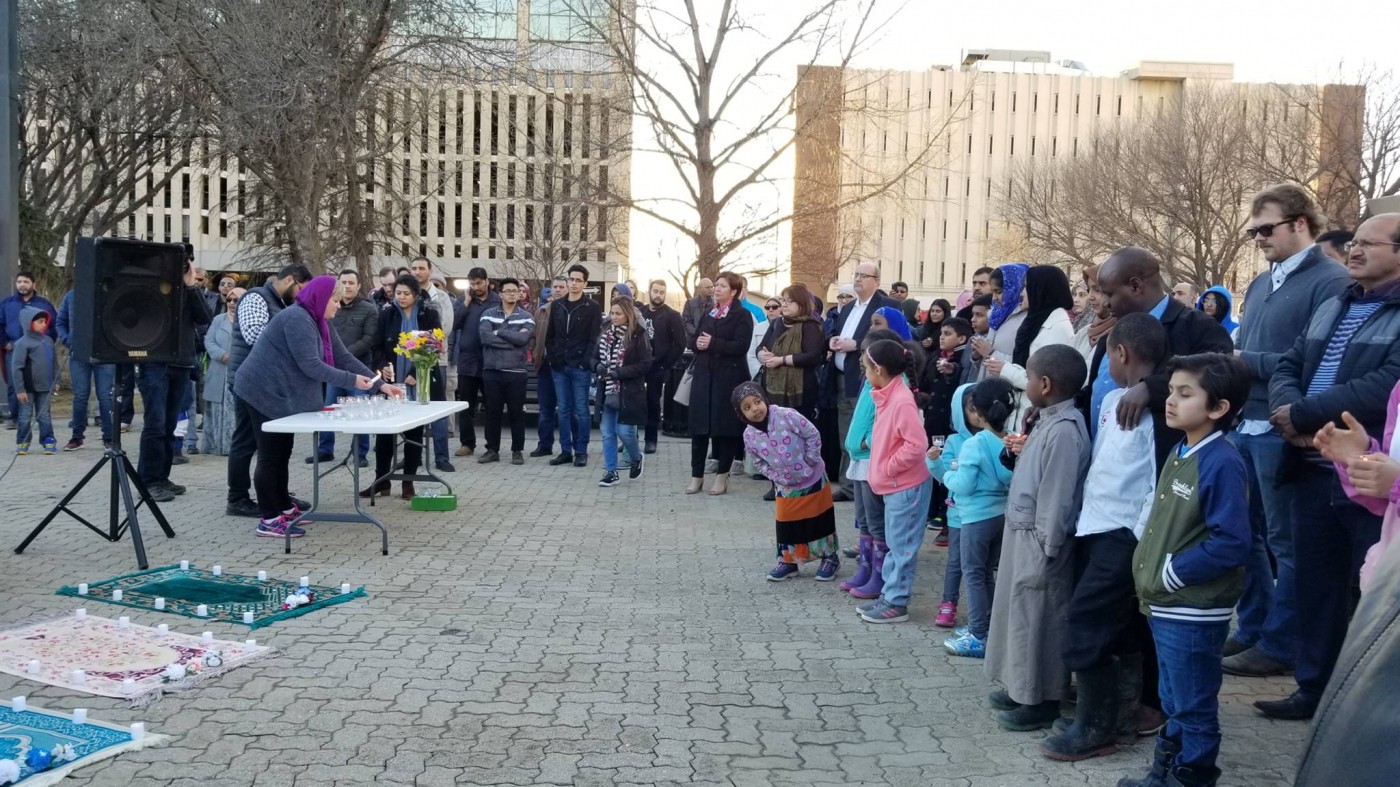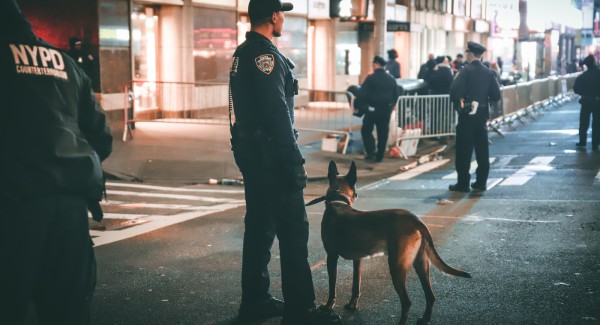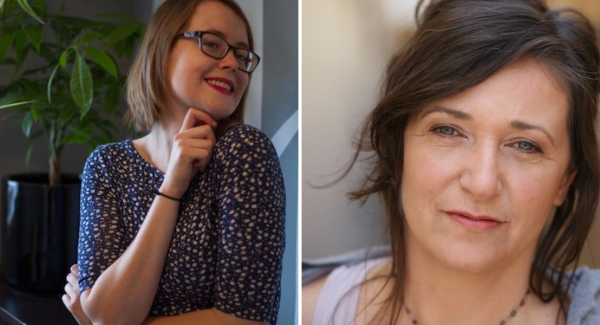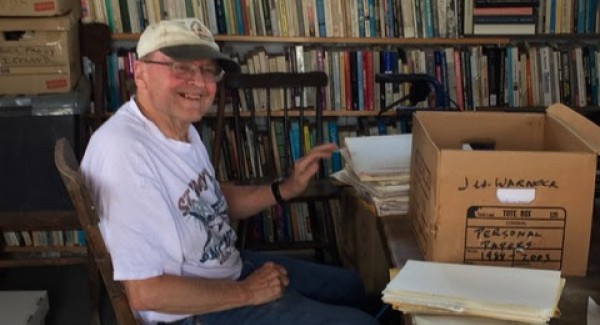Saskatchewan’s Islamophobia problem

Reginans hold a vigil in front of City Hall in March 2019 to mourn the 49 Muslims killed earlier that month by a white supremacist shooter at a mosque in Christchurch, New Zealand. Photo via Islamic Association of Saskatchewan, Regina/Facebook.
It was raining lightly when I arrived at the Saskatchewan Legislative Building in Regina on June 9, 2021. Despite the chill in the air, the parking lot was crowded with throngs of people, many of them immigrants, who had gathered to honour the Muslim family that had been run down by 20-year-old Nathaniel Veltman in London, Ontario, only three days before. Four members of the family were killed in the attack, which police say was intentional, and a nine-year-old boy was the only survivor. The evening was sombre as people mourned the lives taken and the hatred that had caused it. As I made my way to my car after the vigil, wearing a hijab, I felt vulnerable; it was a feeling that had increased sharply in the aftermath of the attack, not only for me as a Muslim woman, but for thousands of Muslims across the country.
While Canada claims to value diversity and multiculturalism, Islamophobic sentiments run deep in this country – evident in the aforementioned 2021 murder of the Afzaal family, the 2017 attack on a Quebec City mosque that killed six people and wounded 19, and the countless microaggressions and acts of violence that have occurred before, between, and since.
As I made my way to my car after the vigil, wearing a hijab, I felt vulnerable; it was a feeling that had increased sharply in the aftermath of the attack, not only for me as a Muslim woman, but for thousands of Muslims across the country.
From 2017 to 2019, Muslims accounted for 3.7 per cent of the Canadian population, and they are the second largest faith group in Canada, second only to Christians, yet they continue to be marginalized within Canadian society. A survey conducted by the Angus Reid Institute in 2017, shortly after the attack in Quebec City, revealed that 46 per cent of Canadians view Islam unfavourably, which was actually a significant decrease from the 75 per cent of Canadians with an unfavourable perception of Islam in 2013. The downward trend in the graph may have been an instinctive response to the Quebec mosque shooting, since the survey took place just two weeks after the attack.
But statistics usually don’t tell the full story. For instance, according to Statistics Canada, 1,946 hate crimes were reported to Canadian police in 2019. However, that same year, the General Social Survey showed 223,000 self-reported cases of hate crimes across the country. Less than 1 per cent of these hate crimes were investigated by the police as hate crimes. Among hate crimes motivated by religion, 30 per cent were directed toward Muslims.
Although Saskatchewan’s Muslim population has grown more slowly than in Eastern Canada, Muslims have lived in the province – and made their mark here – at least since 1900, when Mikhail Ali Tahaynee, a Lebanese businessman, made Regina his home. Haynee Street, in the south of the city, is named after him. Early Muslim professionals coming to Saskatchewan in the 1960s and 1970s mostly ended up in the province’s urban centres, and organizations dedicated to serving growing Muslim populations have existed here for decades. The Islamic Association of Saskatchewan (IAOS) was established in 1970 and the province’s first mosque was established in Saskatoon. Though most Muslims still live in Regina and Saskatoon, smaller Muslim communities exist in Swift Current, Prince Albert, Moose Jaw, and Estevan. In total, Muslims account for less than 1 per cent of Saskatchewan’s total population. But despite their deep roots in the province, to many in Saskatchewan, Muslims are still viewed as an intrusive other, regarded with suspicion and even malice.
Saskatchewan is no stranger to segregation and racial inequality, and Islamophobic sentiments have long been a pervasive undercurrent in the province. In most cases, hate speech precedes violent attacks, and violent attacks can perpetuate more violence, fueling a vicious cycle. In the wake of the London killings, a Muslim man was stabbed, beaten, and had his beard cut in Saskatoon. The victim, Muhammad Kashif, ended up receiving 14 stitches on his arm. In 2018, an elderly Muslim man was almost run over by a truck while on his way home from a mosque in Saskatoon, and the windows of his home were smashed with bricks.
Muslims have lived in the province – and made their mark here – at least since 1900, when Mikhail Ali Tahaynee, a Lebanese businessman, made Regina his home.
There have been other incidents, some of them reported to police. But most go unreported – they are stories that are shared within the Muslim community or kept to oneself. The federal Department of Justice estimates that up to 95 per cent of hate crimes in the country go unreported, with victims fearing revenge and further victimization or simply not being taken seriously by police.
Based on anecdotal accounts, Islamophobia in Saskatchewan seems to most commonly manifest as hate speech. Maheen,* a Muslim woman who lives in Regina, recalls that not long after the stabbing of the Muslim man in Saskatoon, a car sped by with the driver hurling profanities at her as she unloaded groceries from her car’s trunk. She was wearing a hijab at the time. Rania,* another Regina resident and a revert – a term used to refer to converts to Islam – shares that she was told by a middle-aged white woman to “go back to your country” while she was shopping at Walmart while wearing a hijab. Rania was born and raised in Canada.
While violent incidents get the most coverage, anti-Muslim hate is often more subtle and commonplace. Daniel Kuhlen, the co-chair of the media, communications, and outreach committee of the IAOS and a revert, says that Islamophobia in the province can include “microaggressions, like […] being in the elevator and somebody walks in and sees somebody who appears visibly ‘other,’ and they roll their eyes at them or take a deep breath and turn away.”
“It’s not really something you can clearly identify as being aggressive or inappropriate, but the vibe definitely is not one of being considered acceptable or equal,” he says. He adds that the more visibly racialized and marginalized a person appears to an attacker, the greater the threat, because racist attackers are “bullies, and bullies work by targeting those that they consider to be vulnerable and weaker.” Kuhlen adds that Muslims sometimes have difficulty finding housing or renting apartments in Saskatoon on the basis of their last name or ethnicity.
Maheen,* a Muslim woman who lives in Regina, recalls that not long after the stabbing of the Muslim man in Saskatoon, a car sped by with the driver hurling profanities at her as she unloaded groceries from her car’s trunk.
Islamophobia extends beyond individuals, into institutions and public services, as Habiba* learned the hard way. Around six years ago, her son was in Grade 1 in a local Catholic school in Estevan when the principal complained to her that the little boy didn’t make the sign of the cross or participate in the prayers. Habiba says that while her son was able to communicate to his teacher that he did not share the same beliefs and opted for silence during the prayer time, the principal didn’t find this acceptable. She says the principal called her to the school for a meeting, where he “demanded that I convince my son to do the sign of the cross.”
“I declined because that is oppressive to my child and there should not be compulsion” for prayer, she says.
Ultimately, her son was expelled on the first day of the school year and Habiba was left to find him a new school. “I feel that schools in small-town places are not inclusive in some aspects – or maybe just do not understand there are [things] we are unable to eat or do. As an immigrant and Muslim, the discrimination is silently anticipated but of course not welcomed.”
Like anti-Semitism, which targets Jewish people, Islamophobia frames Muslims as “outsiders” who threaten the jobs, safety, and way of life of the dominant group. Kuhlen notes that Islamophobia arrived in Canada in waves, with international Islamophobic events – like the War on Terror, during which North American politicians painted all Muslims as threats – serving as an impetus for increased hate crimes in both countries: “After 9/11, there was a sharp spike in Islamophobia. And then after the first Gulf War in 1991, there was, again, a spike in Islamophobia. And then [again] after the second Gulf War.” He adds that most recently, after Donald Trump was elected U.S. president in 2016, “there was huge, huge spike in Islamophobia,” which included the Quebec mosque shooting, the London attacks, and a spate of attacks on women wearing hijab or niqab in Alberta.
Kuhlen points out that a “thread of white supremacy” runs though these events. The Quebec City mosque shooter was influenced by Trump’s immigration ban – described by many as a “Muslim ban” because of the way it targeted immigrants and refugees from Muslim-majority countries. In addition to a 74-page manifesto full of white nationalist ideology, the man who killed 49 Muslims in an attack on a mosque in Christchurch, New Zealand, wrote the names of other white supremacists, including the Quebec City mosque shooter, on his guns and magazines.
Kuhlen notes that Islamophobia arrived in Canada in waves, with international Islamophobic events – like the War on Terror, during which North American politicians painted all Muslims as threats – serving as an impetus for increased hate crimes in both countries.
As hate moves online, Muslims have also become targets of cyberattacks. In February 2021, a memorial service organized by some Muslim students at the University of Saskatchewan became a target when a group of racists crashed the Zoom meeting, praising Adolf Hitler and threatening that all Muslims “shall die.” A 2020 report found more than 6,600 far-right extremist social media accounts and channels operating out of Canada.
Recent research shows that Muslims are the most likely people to be victims of terrorist attacks worldwide. Everyday microaggressions and the occasional incidents of extreme violence against Muslims suggest that discrimination against Muslims is multilayered and will require concrete action from the federal and provincial governments to eradicate.
Kuhlen suggests that just as the federal government has appointed a special envoy for combatting anti-Semitism, it should appoint a special envoy for identifying and combatting Islamophobia.
One of the most important tools to curb Islamophobia is education, which means creating inclusive schools. This would involve developing curricula and classes that acknowledge Muslim culture and identity, while affirming their right to live and practise their faith in peace and safety.
To deal with the issue of hate speech online – where violent ideas are incubated, circulated, and erupt into real-world violence – online content should be regulated, social media platforms should be subject to increased government oversight and accountability, and those responsible for spreading hate online must be held accountable.
But the changes don’t just need to come at the judicial and governmental levels. Communities have a role to play in creating safer, healthier, environments, so there’s no room for Islamophobia to thrive.
The first step is to cultivate an understanding of Muslim culture. Workplaces, for instance, can provide space for employees to talk about their culture and traditions so as to foster sensitivity to cultural differences in greeting practices, foods, and dressing preferences. In addition to Christmas, workplaces can celebrate Muslim festivals like Eid. Kuhlen believes that providing opportunities for people with “anti-Muslim” beliefs to have discussions with Muslims in a safe setting can dispel many fears and misperceptions. Municipal governments can host open house cultural events showcasing Muslim culture – art, literature, and food – and allow people from diverse backgrounds to mingle safely and easily.
In Islamic tradition, when two individuals meet, they greet each other with “Asalam-o-Alikum,” which literally means “peace to you.” I think it’s a promising start to the work necessary to dismantle Islamophobia.
*Names have been changed to protect sources’ privacy.




